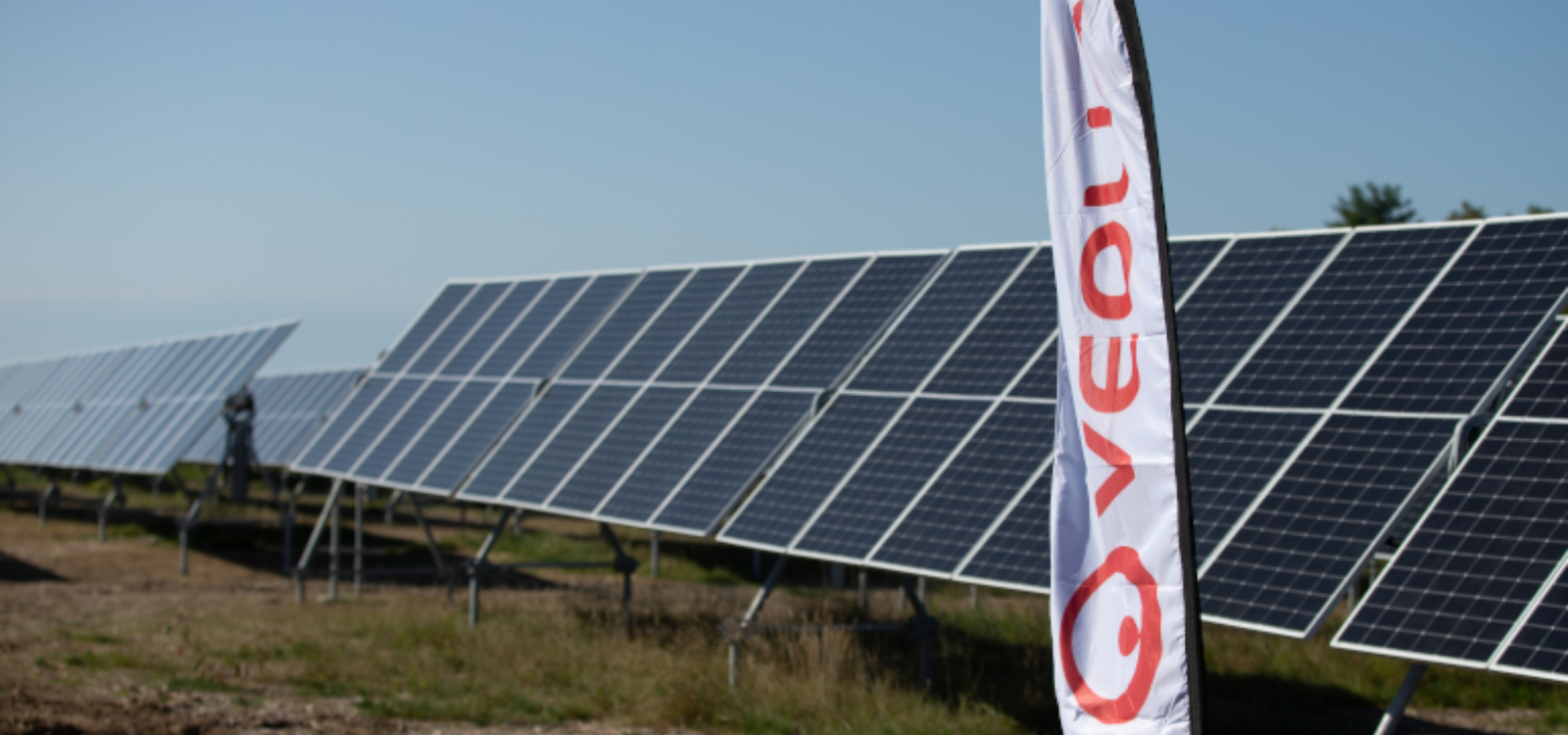
Rhode Island solar portfolio benefiting public housing residents now complete - Rhode Island’s “Exeter Mail” solar project is showing how clean energy can directly benefit low-income families. The 13 MW system will save nine housing authorities over $35 million in 20 years through shared utility bill credits—proving that solar can deliver real relief to those who need it most.
Good News Thursday!
Rhode Island just wrapped up a project that shows what the clean energy transition can look like when it directly benefits the people who need it most.
Veolia and Nautilus Solar Energy have completed the “Exeter Mail” solar field, a 6.5-MW installation in Exeter that joins two others now fully operating under the same contract. Together, the three sites generate more than 13 MW of renewable energy for the state’s grid.
The power is not sold to the highest bidder. Instead, its market value is converted into utility bill credits that are shared by nine public housing authorities across Providence, Cranston, Warwick, Newport, and several other cities and towns.
Over the next 20 years, those credits are expected to save more than $35 million, lowering operating budgets for housing authorities and reducing energy costs for families living in public housing. In a state where electricity prices are among the highest in the country, that relief matters.
This approach takes advantage of Rhode Island’s virtual net metering rules, which allow multiple accounts to share credits from a single solar project. By pooling together, housing authorities were able to secure one renewable contract and ensure residents see real, measurable benefits.
We have seen the opposite outcome in other places, like:
In both cases, demand grows quickly, and when supply cannot keep pace, customers pay the price.
Rhode Island’s model shows another path. Solar and storage can be deployed in years, not decades, and when structured well, the benefits reach the communities that often bear the heaviest burden of high energy costs.
It is not only about adding megawatts to the grid. It is about making sure the transition lowers bills for families, stabilizes housing budgets, and reduces dependence on costly fossil fuels.
That is good news worth holding on to this Wednesday. It is a reminder that the clean energy shift is not just happening in headlines or at utility scale. It is happening in neighborhoods, in housing authorities, and in the monthly bills of families who can now breathe a little easier.